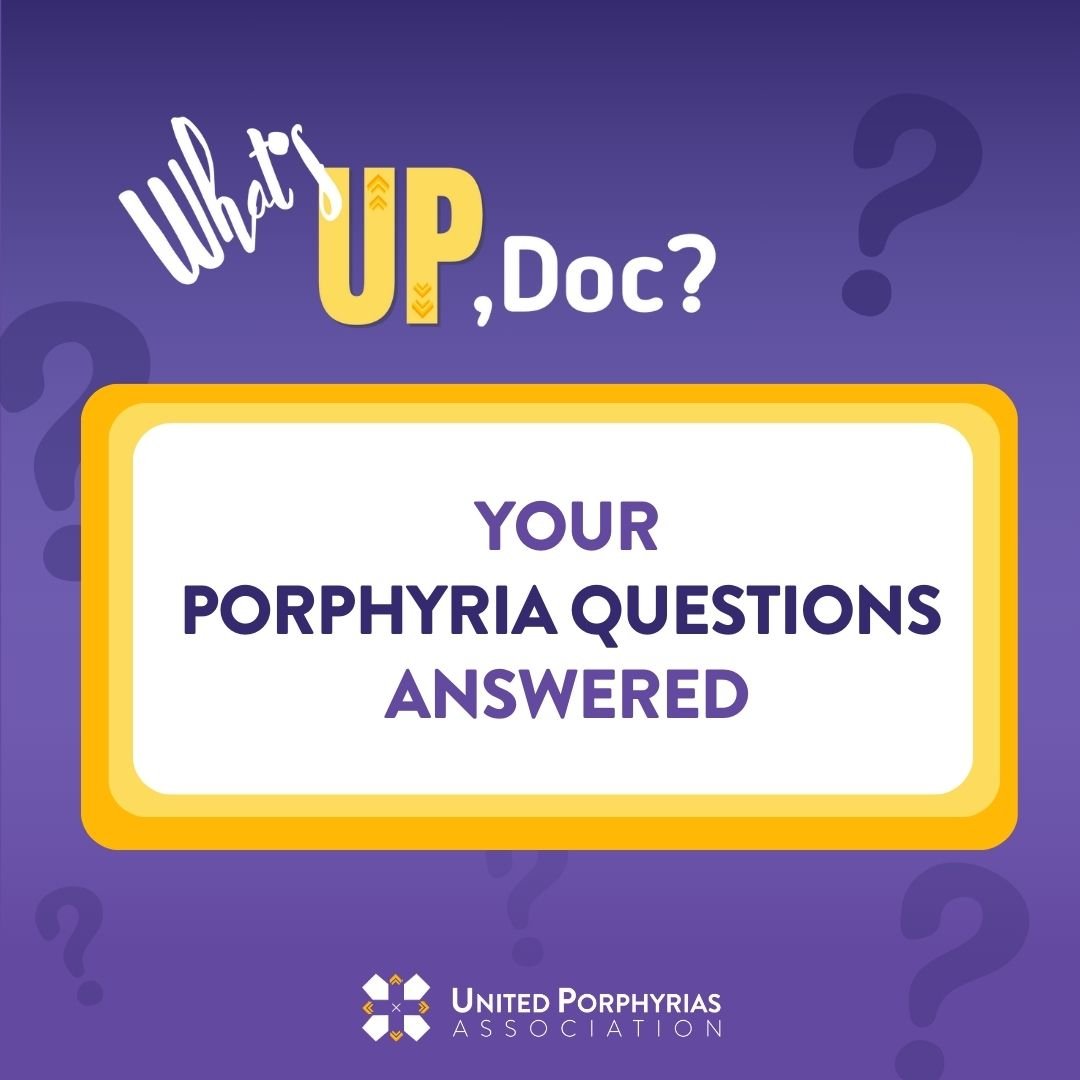CEP and dental care
What's UP Doc? Is a regular column where we feature a patient question along with a response from a member of the UPA Scientific Advisory Board.
What extra precautions should I take when I am having my teeth cleaned or any dental work? I have CEP and want to talk to my dentist in advance.
This week, Dr. Angelika Erwin provided her response below.
It is important to discuss your condition with your doctor in advance of any dental care to ensure safety during your appointment.
Individuals with CEP have been reported to have thinner tooth enamel, which makes them more prone to developing cavities. Regular dental check-ups are therefore important. The grayish-brownish discoloration (erythrodontia) that is often present in CEP is caused by porphyrin deposition in the teeth. Teeth whitening is usually not effective in treating the discoloration and some patients decide to address this with veneers or crowns (only for cosmetic reasons).
The main concern is protecting you from fluorescent light during your appointment. In CEP, the skin is more sensitive to longer ultraviolet wavelengths (UVA) and to visible light. The most damaging wavelengths are between 400-410 nanometers since porphyrins are majorly activated in this range, with additional peaks described between 500-700 nanometers. To do this, the options include replacement of fluorescent lights with incandescent bulbs or installation of filtering screens in front of the bulbs.
Filters for lighting at your doctor’s office are recommended, just like filter films for windows at home and in the car. Filters can typically be attached to any necessary lighting.
Protection for your eyes from visible light is also very important to avoid corneal damage. Good quality sunglasses with UV protection are another option while having dental work.
Remember to schedule an annual exam to make sure you check your Calcium and Vitamin D levels, have an annual eye exam to assess any corneal involvement, and make an annual visit to monitor porphyrins, blood count and liver enzymes.
Thank you to Dr. Erwin for this What's UP Doc? answer! Do you have a question for a porphyria expert? Send it to info@porphyria.org.



